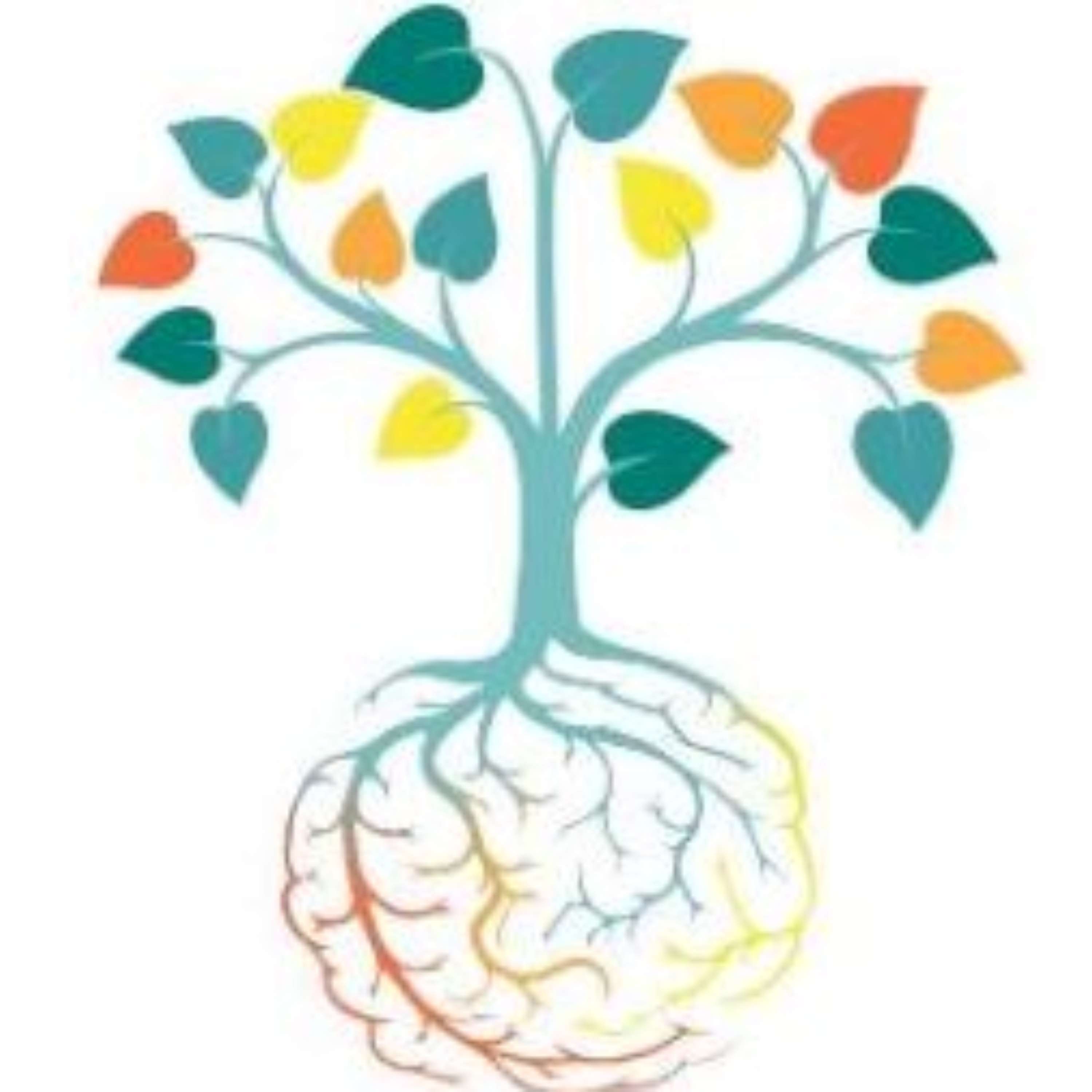Show Notes
Welcome to episode five of our short story series, continuing our analysis of “Goldilocks and the Three Bears.” In Part I, we focused on internal and external characteristics and the contrast of expected behaviors attributed to the little girl and the bears. Today, we’ll take a look at “nature vs. nurture” in humankind, through the lens of Goldilocks’ behavior.
The Story: It was first published anonymously as "The Story of the Three Bears" in an 1837 volume of Robert Southey’s writings called The Doctor. The story’s characters and plot morphed through the years, from an unpleasant old woman to a sweet little girl, and from three ‘bachelor bears’ or siblings, into Papa, Mama, and Baby Bear, but the dates of these changes are disputed. Goldilocks and the Three Bears is just an old English fairytale, short and simple. Or is it?
Discussion Points:
- Digging into nature vs. nurture
- Kenan Malik and concepts of human consciousness and uniqueness
- Harvard scientists and biologists and nature/nurture
- Being “well brought up”
- Purpose and Agency in humankind
- Looking for “just right” is a statement of purpose
- Security and love are critical for nurture
- Neuroscience now sanctions “common sense”
- Helping children learn skills that are “just right”
- Subscribe or follow the Thinking Curious Review
Resources:
Read the story of Goldilocks and the Three Bears
Listen to Part I - Goldilocks and the Three Bears
Harvard Medical Article: Nature, Meet Nurture
APA’s Definition of Human Nature
Article: What Are Human Beings? Perspectives from Science and Scripture
Cognitive Coaching with Jessica at Purposed Pathways

